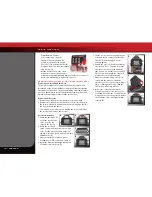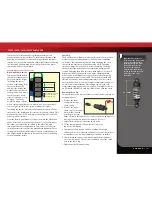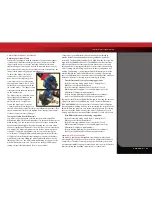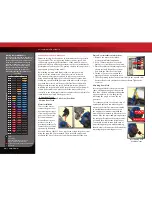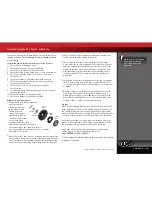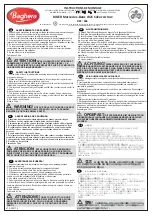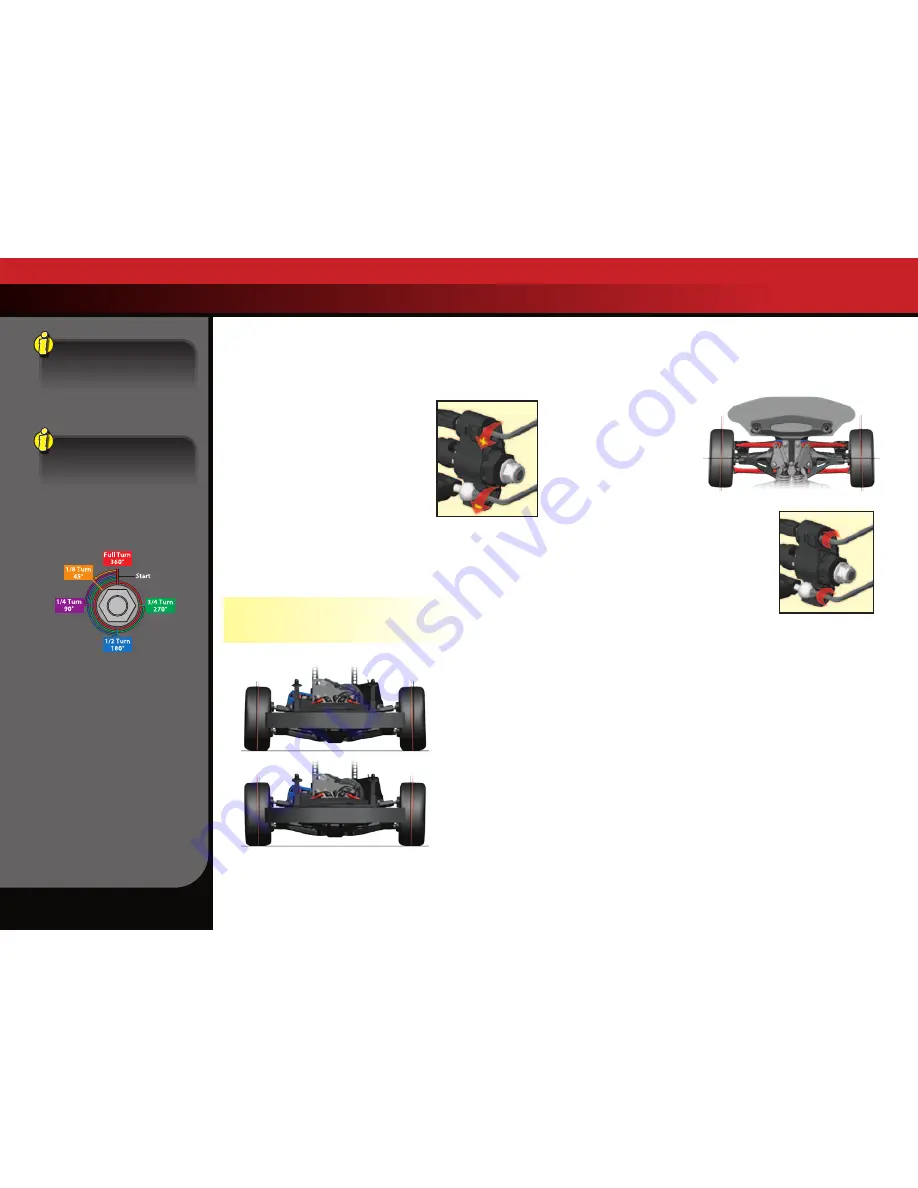
20 • TRAXXAS
TUNING ADJUSTMENTS
A camber gauge (available
at your local hobby shop)
can be a useful tool for
alignment setting.
To achieve a good starting
point for the slipper clutch,
tighten the slipper clutch
adjusting nut clockwise until
the slipper clutch adjusting
spring fully collapses (do not
over tighten), and then turn
the slipper clutch nut counter-
clockwise
¾
to 1 turn.
Static Camber Adjustment
The wheels can be set to have either positive or negative camber
(see illustration below). The camber angle changes as the wheel
moves up and down through its range of travel. Static camber
is the camber angle at the wheel when the vehicle is set at its
normal, stationary ride height.
The suspension pivot balls located in the
axle carriers adjust the static camber.
Camber is factory-set at negative
2-degrees. To adjust static camber, insert
the supplied 2mm hex wrench into the
pivot ball (compressing the suspension
until the arms are parallel to the
ground will allow for easier hex wrench
engagement). Negative camber can be increased by unthreading
the lower pivot ball. Zero camber or positive camber (not
recommended) can be achieved by unthreading the upper pivot
ball. Note that camber changes will also effect the toe angle of the
wheel being adjusted.
Static Camber Base Factory Settings
Front:
2-degree negative camber each side
Rear:
2-degree negative camber each side
Adjusting Toe-In
Toe-in refers to the angle of the front and rear wheels as viewed
from above (see the diagram below). The handling of your model
can be adjusted by altering the front and rear toe angles.
Front Toe Adjustment
:
The toe-in of your model’s
front wheels can be adjusted
by threading the front
pivot balls in or out of the
suspension arms. Threading
the upper and lower pivot
balls into the arms (by
turning them clockwise) will
increase toe-in. Threading the pivot balls
out of the arms (by turning them counter-
clockwise) will reduce toe-in. Front toe-in
increases straight line stability and will help
the model to self-correct to a straight path
when transitioning from turns to straight-
aways. Decreasing front toe-in or using
toe-out will reduce straight-line stability, but
will make the model’s handling feel more
aggressive when initiating a turn.
Rear Toe Adjustment
: Rear toe-in is adjusted in the same way as
front toe-in, by adjusting the depth of the pivot balls in the arms.
Increasing rear toe-in will add stability to the model and make the
model handle less aggressively (to use racing terminology, the
model will have “less steering”). Reducing toe-in will “loosen” the
rear of the model, making it more likely to spin-out (oversteer).
Rear toe-out is not recommended, as it will cause erratic handling.
For gymkhana-style driving, 1-2 degrees of front and rear toe-in
is recommended. The stock settings for your model are 1-degree
front toe-in and 1.5 degrees rear toe-in.
For maximum adjustability, Traxxas offers threaded aluminum toe
links (Part #7038X) for your model.
Negative camber
Wheels lean in,
toward chassis
Positive camber
Wheels lean out,
away from chassis
Toe-in













